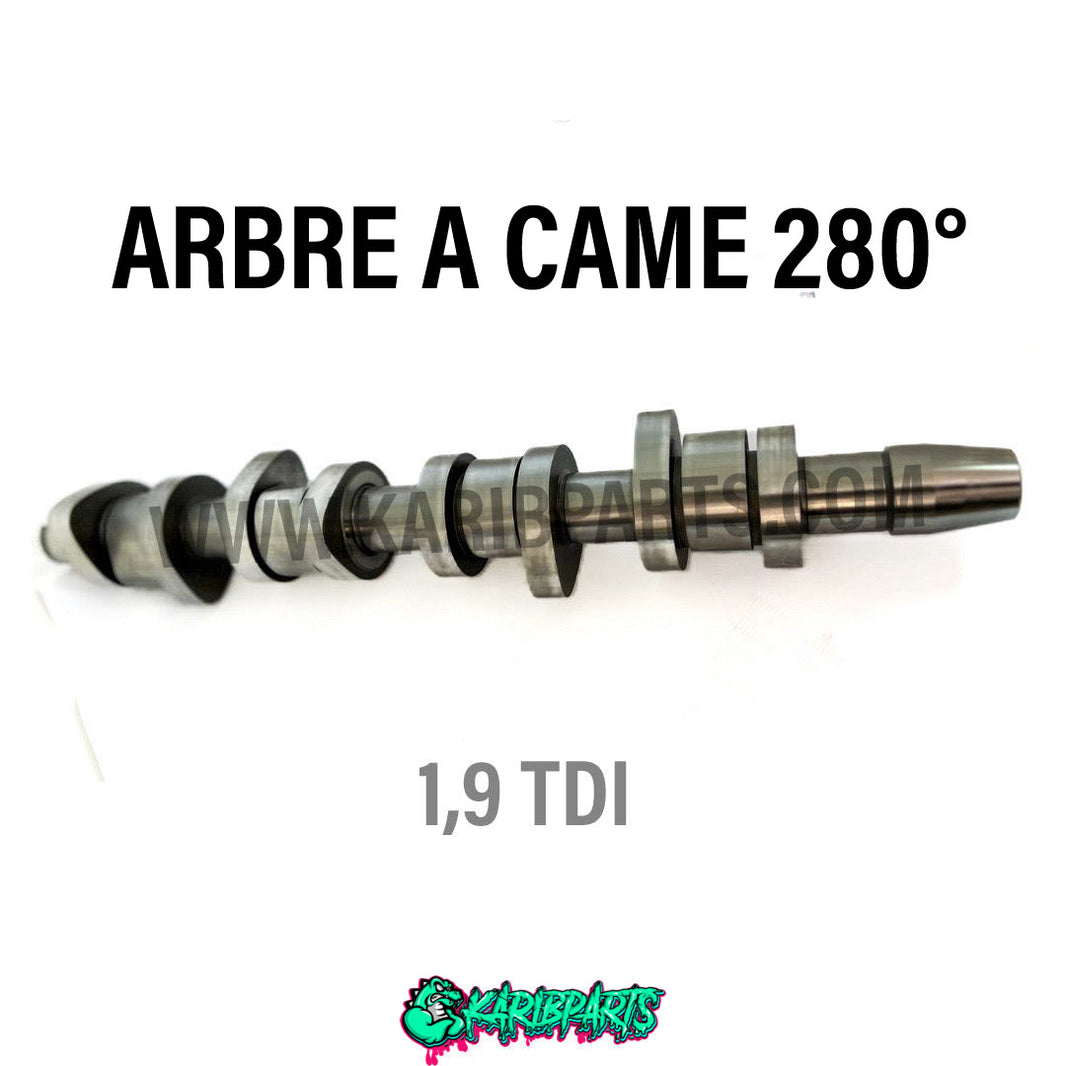The variable geometry on a 1.9 TDI (Turbo Diesel Injection) turbo managed by an EDC15 (Electronic Diesel Control) system works in a sophisticated way to improve the engine's performance and efficiency. Here are the key points of its operation:
1. **Variable Geometry Principle:** The variable geometry turbo adjusts the angle of the turbine blades according to the engine operating conditions. This allows to change the speed and pressure of the compressed air sent to the engine.
2. **EDC15 Control:** The EDC15 system controls the variable geometry based on data collected by various sensors, such as the boost pressure sensor, throttle position sensor, and engine speed sensor. This information allows the system to determine the best vane position for optimum efficiency.
3. **Turbo Lag Reduction:** By adjusting the vanes, variable geometry reduces turbo "lag" (the delay between acceleration and turbo response), improving engine responsiveness, especially at low revs.
4. **Improved Efficiency:** At low RPM, the vanes are positioned to increase the speed of the exhaust gases over the turbine, improving turbo response. At high RPM, the vanes open to allow a greater flow of exhaust gases, preventing excessive boost and loss of efficiency.
5. **Emissions Management:** By optimizing air pressure and flow into the engine, variable geometry also contributes to more complete combustion, thereby reducing harmful emissions.
In summary, the variable geometry on a 1.9 TDI turbo controlled by an EDC15 system allows the turbo response to be optimised according to the engine operating conditions, which improves performance, efficiency and reduces emissions.
1. **Variable Geometry Principle:** The variable geometry turbo adjusts the angle of the turbine blades according to the engine operating conditions. This allows to change the speed and pressure of the compressed air sent to the engine.
2. **EDC15 Control:** The EDC15 system controls the variable geometry based on data collected by various sensors, such as the boost pressure sensor, throttle position sensor, and engine speed sensor. This information allows the system to determine the best vane position for optimum efficiency.
3. **Turbo Lag Reduction:** By adjusting the vanes, variable geometry reduces turbo "lag" (the delay between acceleration and turbo response), improving engine responsiveness, especially at low revs.
4. **Improved Efficiency:** At low RPM, the vanes are positioned to increase the speed of the exhaust gases over the turbine, improving turbo response. At high RPM, the vanes open to allow a greater flow of exhaust gases, preventing excessive boost and loss of efficiency.
5. **Emissions Management:** By optimizing air pressure and flow into the engine, variable geometry also contributes to more complete combustion, thereby reducing harmful emissions.
In summary, the variable geometry on a 1.9 TDI turbo controlled by an EDC15 system allows the turbo response to be optimised according to the engine operating conditions, which improves performance, efficiency and reduces emissions.


